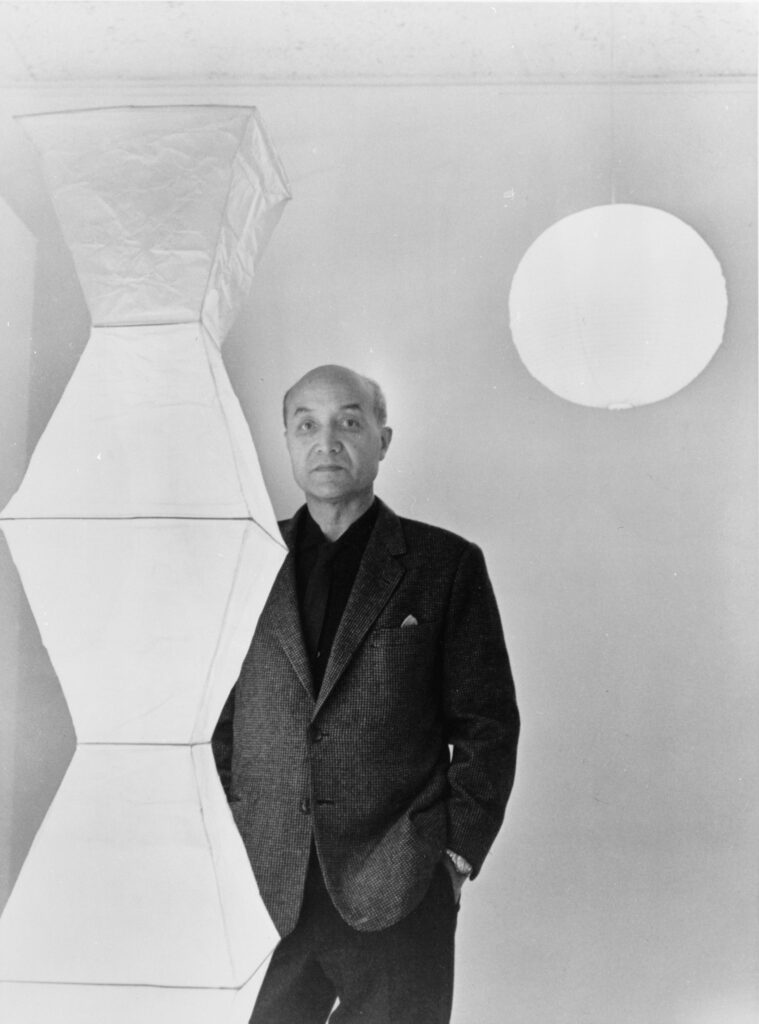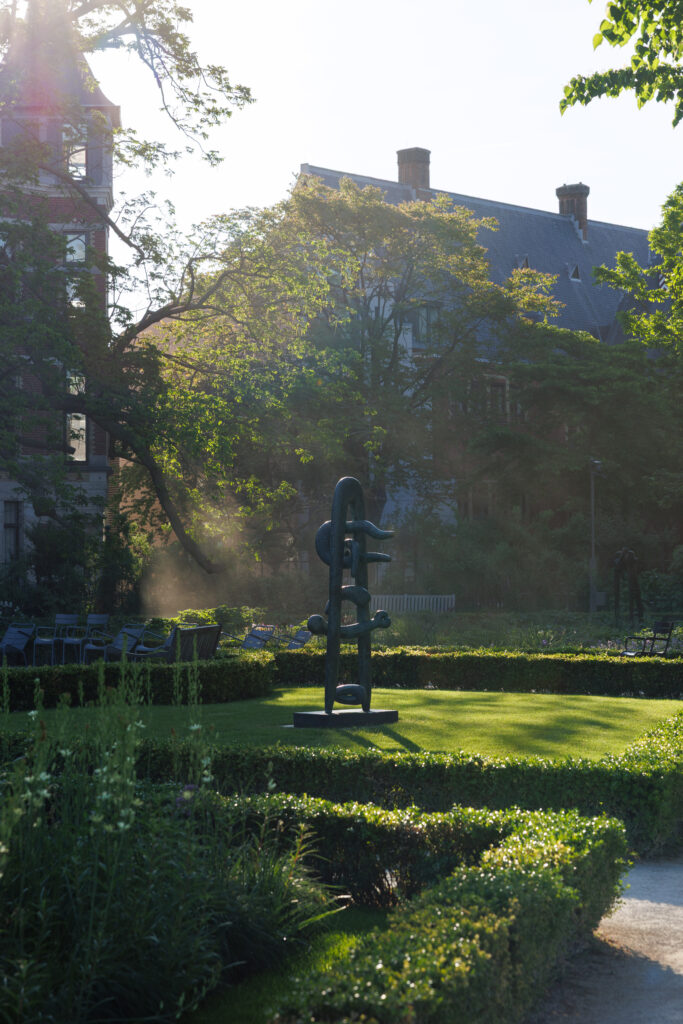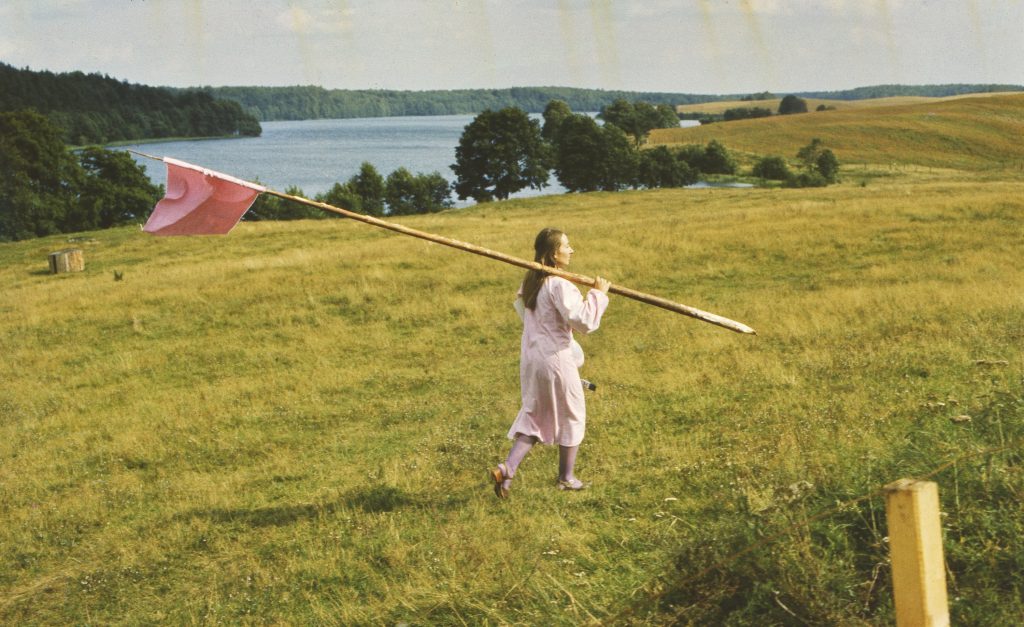
Isamu Noguchi
In the Rijksmuseum gardens
—
Rijksmuseum
-
ADDRESS:
Museumpromenade 1
1071 DJ Amsterdam
Isamu Noguchi was born in Los Angeles in 1904. His father was Japanese and his mother was American. In 1927 he worked in Paris for seven months as the assistant to sculptor Constantin Brancusi. Noguchi travelled widely in the US, Europe and Asia to study sculpture. In 1936 he had a brief affair with the Mexican artist Frida Kahlo, and they remained friends for the rest of her life. Although Noguchi was exempt from internment during the Second World War, he lived voluntarily in a camp for six months with the intention of teaching and using art to boost morale among the Japanese captives. His international breakthrough came in the 1950s and 60s with his often biomorphic sculptures in stone, wood and metal. Noguchi’s coffee table and his Akari light sculptures, made by stretching Japanese washi paper over a wooden frame, are considered design classics.

Some twenty-five sculptures and ceramics and over thirty light sculptures by Isamu Noguchi will be on view in and around the Rijksmuseum this summer. The 2025 edition of the Rijksmuseum’s annual outdoor exhibition will explore all aspects of Noguchi’s wide-ranging oeuvre. The artist is considered one of the most significant modernist sculptors of the 20th century.
The outdoor part of the exhibition, in the Rijksmuseum Gardens, presents mainly stone and bronze abstract sculptures by Noguchi. Inside the museum, 30 of the artist’s world-famous Akari light sculptures will decorate the Atrium. The Asian Pavilion will display a selection of his groundbreaking and often witty ceramic work, including the iconic 1952 piece Face Dish (Me). Noguchi’s rare chess table will be on view in the museum’s 18th-century Beuning Room – the artist originally made this work for the 1944–1945 exhibition The Imagery of Chess, which was organised in New York by the surrealist artists Marcel Duchamp and Max Ernst.
